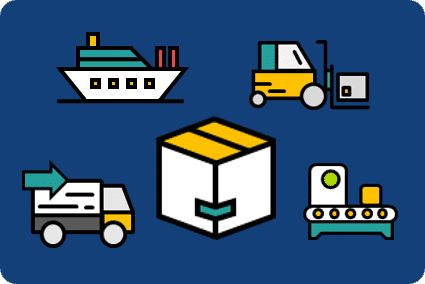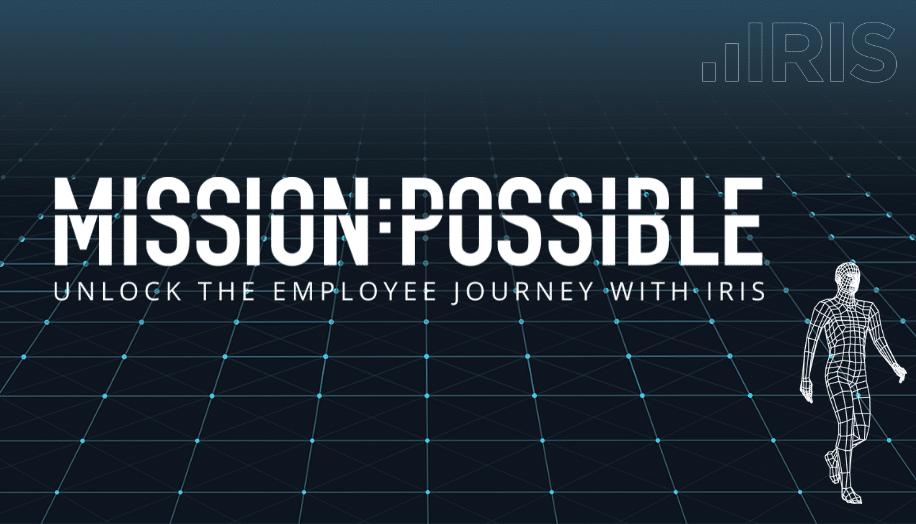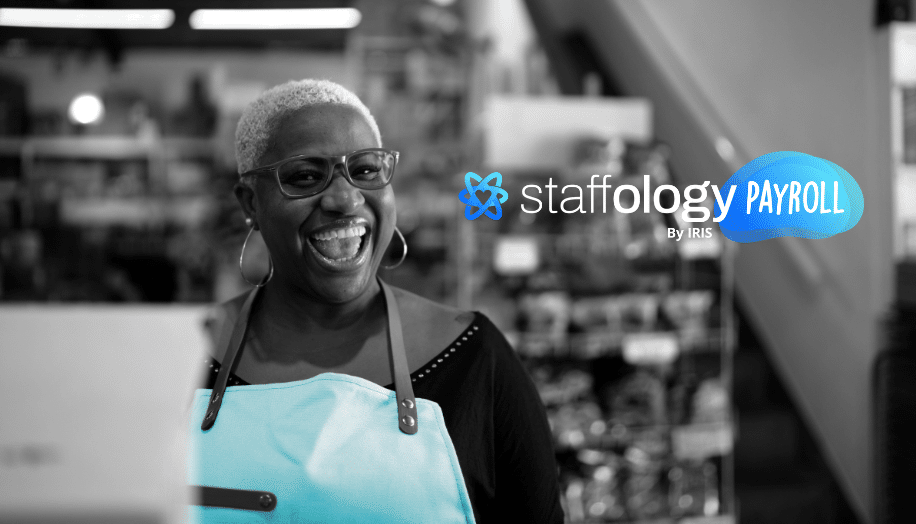BLOGS
How To Prepare A Logistics and Supply Chain Business For IFRS 16

How to prepare for the new lease accounting standards is pressing enough for most businesses. For those who specialise in haulage, freight delivery and logistics, it’s likely to be paramount to your whole operation.
Here are some lease accounting preparation tips for busy businesses who rely on leased assets to deliver and courier goods on the behalf of others.
Get Organised With This Plan
It’s likely that either you or somebody in your business has been aware of IFRS 16’s changes to lease accounting standards for a number of years, but the task has seemed either too far away to be a pressing item or too big a task to have enough time to start tackling it.
But the time is now here. In broad terms, here are a few steps your delivery business needs to go through in order to achieve compliance with the new accounting standards which are due to be implemented on 1st January 2019:
- Create a small and dedicated team (maybe a team of just one) who is responsible for achieving compliance. They will need to undertake a full audit of the lease portfolio in terms of management and procurement.
- Identify every lease that the company holds and collate the associated information and documents. This can take up to two years for large businesses.
- Simultaneously, gain a full and proper understanding of the changes in IFRS 16 and the possible opportunities it creates… as well as the potential pitfalls. Invest in training if required.
- Brief stakeholders and board members, as well accounts and finance heads, on the implications of the new standards being applied to the company's lease portfolio.
- Make a decision on early adoption, possible transition reliefs and which exemptions may or may not be applied.
- Prepare an ongoing strategy for closer lease portfolio management and continued compliance.
This is, of course, just a brief overview. Jump to a more in depth, highly specialised guide for the transport and logistics industry here.
It’s important to have an organised plan with regular deadlines and milestones. The importance of KPIs during the compliance process are highlighted in more depth here. There are a lot of intricate details and secondary implications to consider when it comes to IFRS 16. These are typified by some of the things which are changing.
Understand What's Changing
It’s important that all stakeholders appreciate the size of the changes under IFRS 16. Perhaps the most succinct way of capturing the scale is that the definition of a lease itself is being altered. Furthermore, one of the end results of this is that operating leases will effectively cease to exist from an accounting perspective, so all leases will be moved on to the balance sheet.
That is, all leases except those which can be classed as exempt under one of two considerations:
- It’s a short-term lease agreement of under 12 months.
- It’s a low value ticket item, approximately less than US$5,000 list price.
As long as the lease agreement and the value of the asset meets one of these conditions and is not part of a wider lease agreement it can be exempt from IFRS 16 regulations. For example, leased tyres (meeting both above criteria) on a leased fridge trailer could not be exempt because A. the trailer is leased for more than five years and worth more than the small value ticket price therefore not a possible exemption, and B. the trailer is dependent on the tyres, therefore, the tyres cannot be exempt either.
That said, this same intricacy provides a possible efficiency saving. It might now be worth paying a higher termly payment in exchange for a shorter lease agreement term. Whereas the old tactic of taking out a longer agreement to maximise termly payment savings suited cash flow, it might be more beneficial, overall, to pay more in termly payments but be able to account for the expense differently.
All of this, however, barely scratches the surface of the full changes in IFRS 16.
Being made to account for your lease expenditure differently will alter asset turnover, interest cover, EBIT(A/AR), operating profit, net income and a range of financial ratios.
With 1 in 2 listed companies affected, more so in the haulage industry, it’s no surprise to learn that an estimated US$2.8 Trillion will be brought onto balance sheets in 2019.
Find Out How It Impacts Logistics and Supply Chain Businesses and Similar Industries
Unlike, say, a small to medium enterprise retailer, the items that even the smallest of hauliers and delivery businesses lease will be “large ticket” items. They’re likely to have agreements which span the maximum short-term duration threshold and go well beyond the low value figures quoted.
From holding warehouses to the smallest of delivery vehicles, your sector is one of the most affected by IFRS 16.
These same businesses are doubly affected because they will need to gather the most widespread amount of data before being able to assess it.
The analysis phase and ongoing lease portfolio management will also be more important for companies in this sector due to how it’s such a common business model to lease its core assets.
The more leases a company has, the longer it takes to gather them. And the bigger the lease portfolio it has, the greater the impact of reports. And the greater the impact on reports, the more closely the lease portfolio needs to be managed.
Along with the retail sector, yours is the most arduously impacted by IFRS 16, so to delay achieving compliance any further is putting your business at commercial risk. As is not formulating a plan to more closely manage leases and lease accounting following IFRS 16’s implementation.
Decide How To Manage Your Lease Portfolio Following IFRS 16
The scale of work needed to begin assessing the impact of IFRS 16 is task enough. Achieving compliance, completing the reporting and managing stakeholder expectations are further tasks which have now gained heightened importance.
But within the asset acquisition model that most delivery businesses and hauliers operate in, closer than ever before lease agreement management and optimisation is also key.
Luckily there are tools which can help. But before thinking ahead to closer lease management beyond 2019, it’s more vital to prepare fully for achieving compliance in the first instance.
Take a look at this free guide to help achieve compliance in 7 steps:









